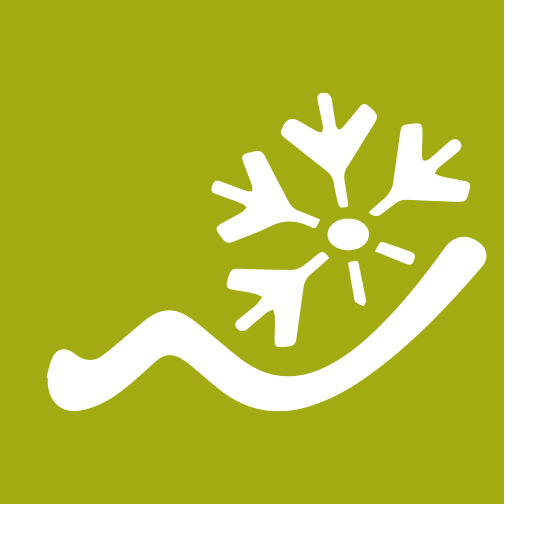Sustainability in slope maintenance
The guests are streaming home. The slopes and parking lots are emptying. But the ski area is not yet quiet. When skiers and snowboarders once again let the images of the beautiful snow day pass before their mind's eye, exchange their experiences and already dream of the next trip into the snow, it is the time of the snow groomer operators. They operate high-tech, high-horsepower machines that not only perfectly groom the slopes, but also optimally measure, maintain and preserve the valuable resource that is snow.
Piste rollers perform heavy-duty work
Jesco Korn is responsible for the slopes at the Büre-Bremberg Xpress. He is one of 13 snow groomer operators in the Winterberg ski lift carousel. 13 powerful and ultra-modern over 400-horsepower rollers. They groom a total of 32 slopes there.
In the Winterberg ski lift carousel, almost all slopes are prepared with winch rollers. The big advantage is: The winch pulls the machine up the mountain, the chains dig in less deeply, the snow is loosened less and thus the substance is spared. When there is little snow and the weather is mild, this can be a decisive advantage for slope quality and snow retention. In addition, this process is significantly more time- and fuel-efficient than conventional snow groomers. With a consumption of 30 liters of diesel per hour, this can make a big difference.
Crucial role in snow management
Piste grooming takes two hours, after which the snow must rest to become firm. This is because the contact pressure of the roller alone cannot create a hard slope. Sintering is the technical term for the process by which the snow crystals bond in such a way that the piste has optimum firmness the next morning. A well-prepared and firm slope survives the stress of skiing better than a soft one. The winter sportsmen have more fun and the valuable snow is preserved longer.
The weather has a great influence on the quality of the slopes and the correct preparation. When temperatures are mild, it is better not to loosen the snow too much. It is also a challenge to groom between daytime operations at 5 p.m. and the start of escape operations at 7:30 p.m.. This is because in this short period of time the slope cannot become as firm as overnight. To make the right decision in such situations, a piste roller operator needs a lot of know-how and many years of experience. Temperature, humidity, resting time, existing amount of snow and location of the slopes play an important role.
Saving energy while improving slope quality
Theintroduction of the GPS-controlled snow depth measurement system in winter 2019/2020 has made a particularly large contribution to optimal snow management and sustainable operations. The four largest ski areas in the region are now working with it. A system is installed in the piste rollers that records the surface of the slope and transmits it via a satellite to a computer program that matches it with the surface of the ground. This was scanned by laser from the air in the fall, and the data was evaluated and stored. As soon as the piste roller passes over the snow cover, the system determines the distance to the ground and thus the thickness of the snow cover to the nearest centimeter.
Based on the data obtained, it is possible to produce only as much snow as is really needed. It is produced exactly where the snow cover is not strong enough or pushed to where it is. Depending on the winter and weather conditions, this leads to energy savings of around ten percent in snow production and, at the same time, to greater planning reliability and better slope quality.
Sustainable snow management includes:
- Use of energy-saving snow production
- Optimal snow production
- Development of a resistant slope
- Optimal use of snow
- Good piste preparation for optimal snow retention






